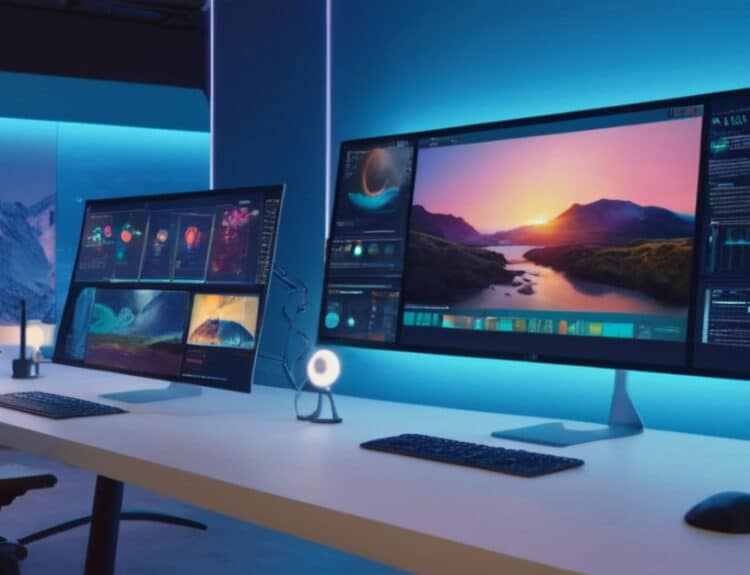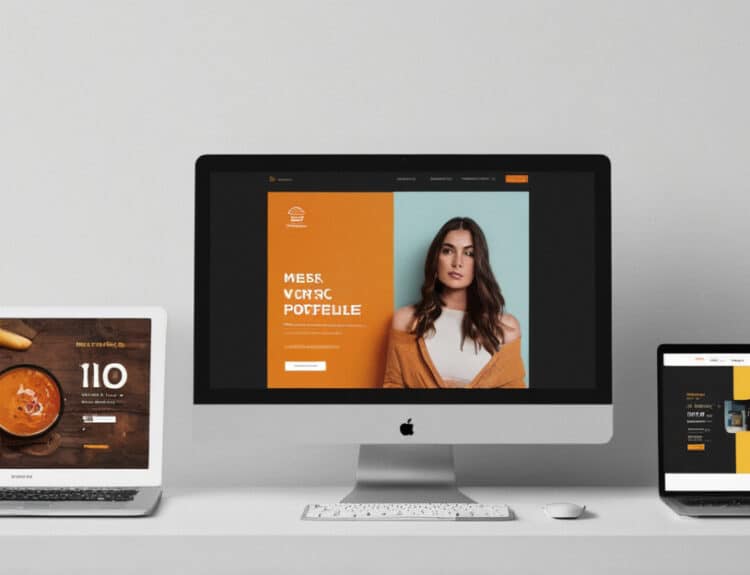
Introduction
As a freelance artist, your portfolio is your calling card. It’s the first impression potential clients have of your work, and it needs to be impeccable. In this comprehensive guide, we’ll walk you through the ultimate checklist for creating a client-ready freelance artist portfolio. Whether you’re just starting out or looking to revamp your existing portfolio, this guide will help you present your best work in the most appealing way possible.
Define Your Artistic Style
Before diving into the creation process, take some time to define your artistic style. Are you a digital artist, a traditional painter, or a graphic designer? Knowing your niche will help you tailor your portfolio to attract the right clients. Your artistic style should be evident in every piece you include in your portfolio. Consistency in style not only showcases your expertise but also makes it easier for clients to understand what you can offer.
Curate Your Best Work
Quality over quantity is key when selecting pieces for your portfolio. Curate a selection of your best work that demonstrates your skills and versatility. Aim for a variety of pieces that showcase different aspects of your talent. Each piece should highlight your ability to meet the specific needs of potential clients, whether that’s detailed illustrations, creative branding, or stunning animations.
High-Quality Images
Ensure that all images in your portfolio are high-quality. Blurry or low-resolution images can detract from the impact of your work. Invest in a good camera or hire a professional photographer to capture your artwork. If you’re showcasing digital work, make sure the images are crisp and clear. High-quality images not only look professional but also convey the effort and care you put into your projects.
Structured Layout
A well-structured layout makes your portfolio easy to navigate. Divide your portfolio into clear sections such as ‘Illustrations’, ‘Graphic Design’, ‘Animations’, etc. Use a consistent layout for each section to maintain a professional look. A well-organized portfolio helps clients quickly find the type of work they’re interested in and keeps them engaged with your content.
Compelling About Me Page
Your ‘About Me’ page should provide a brief yet compelling overview of who you are as an artist. Share your background, inspiration, and artistic journey. This page is also a great place to highlight any notable achievements or awards. Including a professional photo adds a personal touch and helps clients connect with you on a more human level.
Client Testimonials
Client testimonials can significantly boost your credibility. Reach out to past clients and ask for testimonials that highlight their positive experiences working with you. Display these testimonials prominently in your portfolio. They serve as social proof and can reassure potential clients of your reliability and skill.
Detailed Project Descriptions
Each piece in your portfolio should come with a detailed project description. Explain the concept, process, and outcome of each project. This not only gives clients insight into your creative process but also demonstrates your ability to meet specific client needs and deliver results. Be sure to highlight any unique challenges you overcame and the impact of your work.
Contact Information
Make it easy for potential clients to get in touch with you. Include your contact information prominently in your portfolio. An email address, phone number, and links to your social media profiles are essential. A contact form can also be a convenient option for clients to reach out directly through your website.
SEO Optimization
To ensure your portfolio reaches a wider audience, it’s crucial to optimize it for search engines. Use relevant keywords such as ‘freelance artist’, ‘graphic design’, and ‘illustrations’ throughout your content. Optimize image alt texts, meta descriptions, and titles. A well-optimized portfolio not only improves your search engine ranking but also makes it easier for potential clients to find you.
Regular Updates
Your portfolio should be a living document that evolves with your career. Regularly update it with new projects and remove outdated work. Keeping your portfolio up-to-date shows potential clients that you’re active and continuously improving your skills. It also provides repeat visitors with fresh content to explore.
Conclusion
Creating a client-ready freelance artist portfolio is a meticulous process, but it’s well worth the effort. By defining your style, curating your best work, and ensuring high-quality images, you set a strong foundation. A structured layout, compelling ‘About Me’ page, and client testimonials add depth and credibility. Detailed project descriptions and clear contact information make it easy for clients to understand and reach out to you. Finally, SEO optimization and regular updates ensure your portfolio remains relevant and discoverable. Follow this ultimate checklist, and you’ll be well on your way to impressing potential clients and securing more projects.







